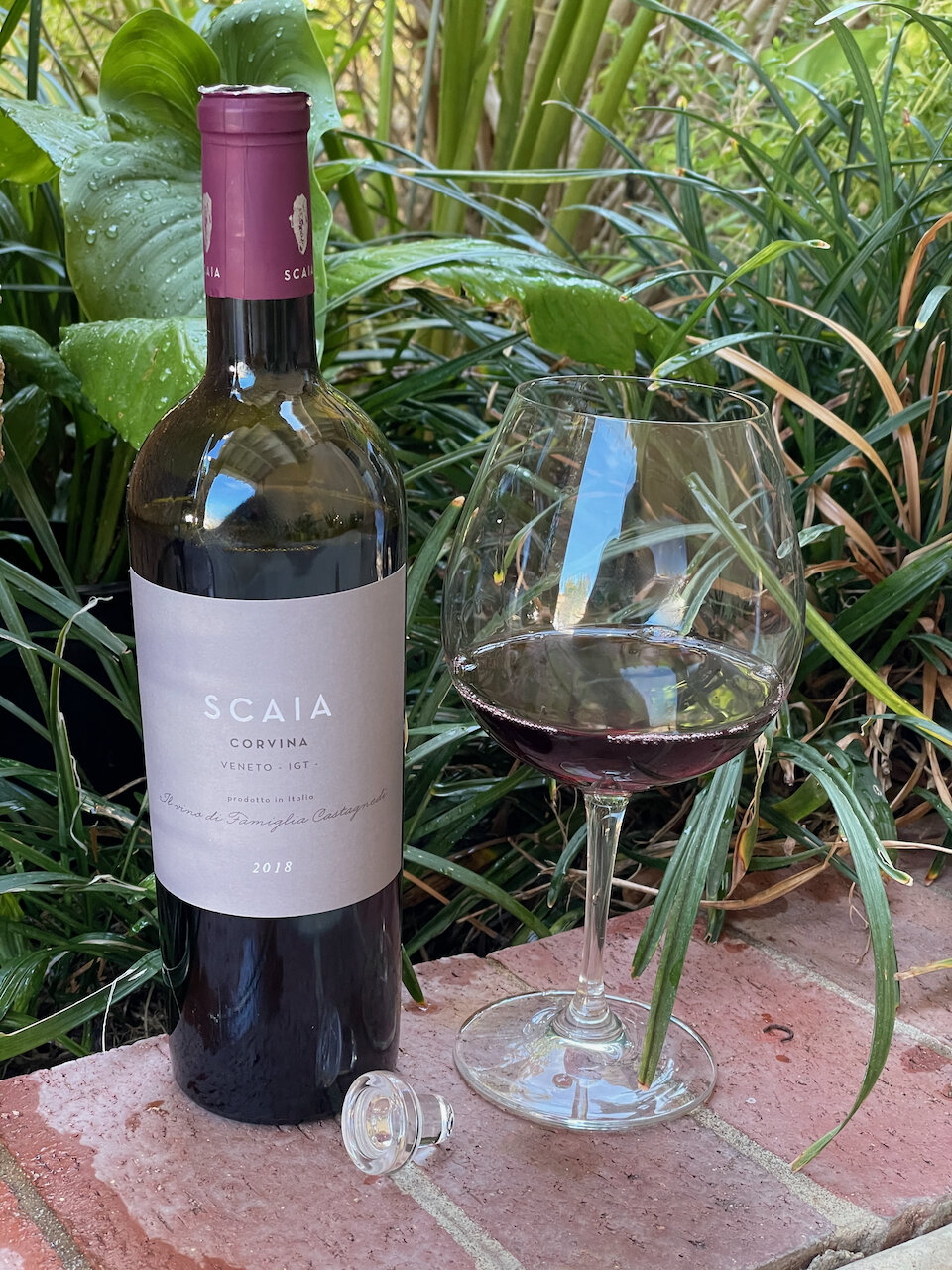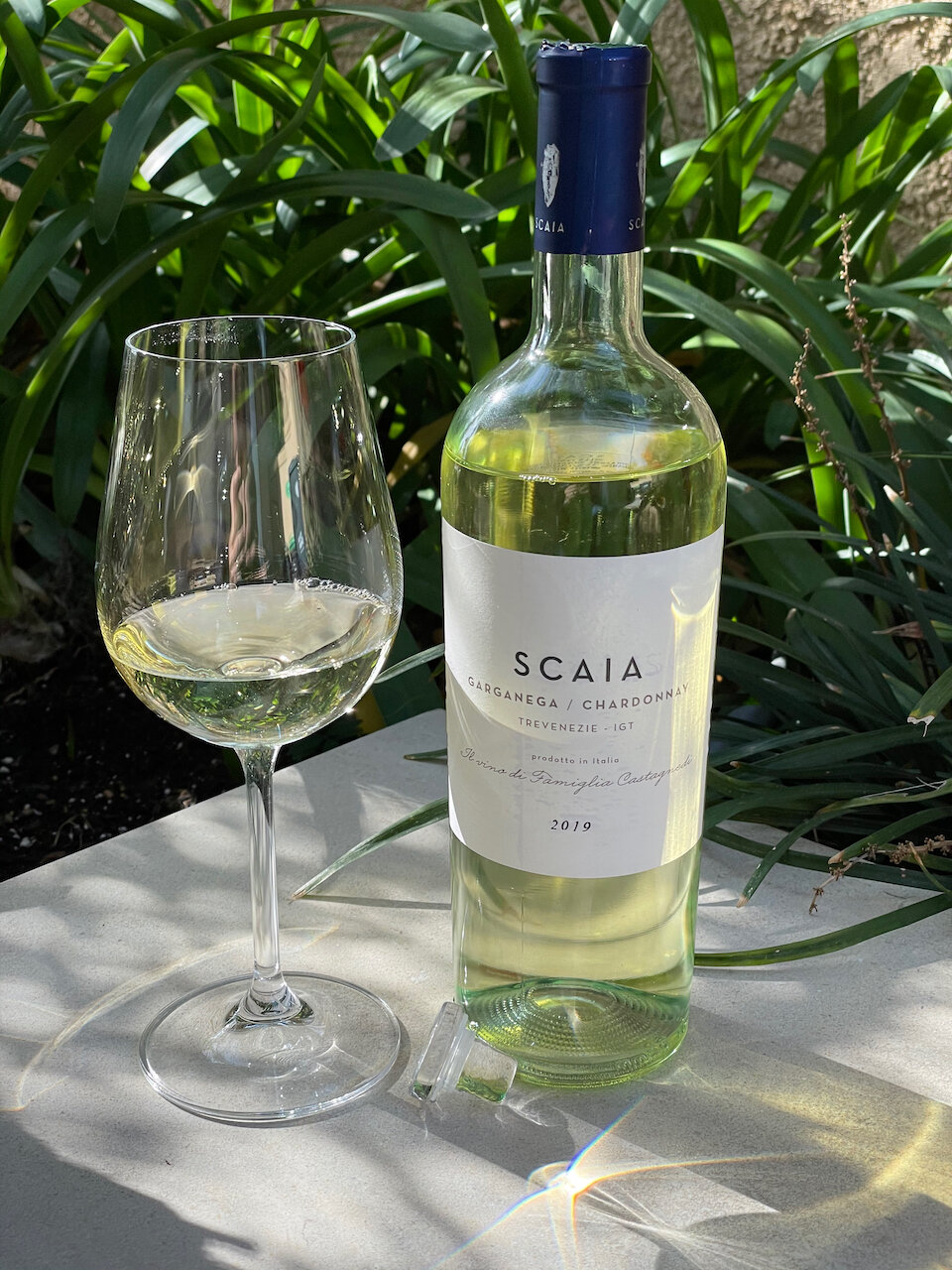As we’ve explored the wines of Italy, we’ve learned about the regions of Tuscany, Piedmont’s red wines and white wines, Sicily, Veneto, Valpolicella, Soave, and Montepulciano, Italian grapes such as Sangiovese and Nebbiolo, and the non-traditional red blends designated “Super Tuscans.”
As we continue learning about the wine regions of Italy, we now move to the “heel” end of the boot that forms Italy’s shape and learn about Puglia. This is a lesser-know region that has traditionally been home to a lot of grape growers, rather than wine producers. But, there are now winemakers producing quality wines. And, in addition to all this grape growing, Puglia produces nearly half of Italy's olive oil.
Puglia is home to more than thirty DOCs (Denominazione di Origine Controllata) and six IGTs (Daunia, Murgia, Salento, Tarantino and Valle d’Itria). Puglia is divided into three viticultural areas, which correspond to its administrative provinces: Foggia in the north, Bari and Taranto in the middle and Brindisi and Lecce in the south.
Puglia once produced more wine than any other region in Italy but has, in recent years, focused on quality instead of quantity.
Red grapes grown in Puglia include:
Bombino Nero - Used to produce both red wines and rosés
Montepulciano - Used to make Montepulciano d'Abruzzo
Negroamaro - Grown on the Salento peninsula, these grapes are a dark-skinned, tannic and used in the production of Salice Salentino and Brindisi as well as rosés (rosatos in Italian)
Nero di Troia/Uva di Troia - Named after the Puglian town of Troia, this grape is used in some single-varietal wines as well as blended with Bombino Nero, Montepulciano and Sangiovese.
Primitivo - Also known as Zinfandel, this is one of the most planted grape in Puglia
Sangiovese - Italy’s most famous grape is Puglia's most planted grape
Puglian white wine grapes include:
Bombino Bianco - A high-yield varietal with a neutral flavor that is most often used in blends
Chardonnay - Not an Italian grape, but Chardonnay is grown for bulk distribution
Trebbiano Toscano - This is another high-yield, acidic white grape that is most often sold in bulk to produce blended wines
Verdeca - Typically blended with Bombino Bianco and Trebbiano Toscano.
So, don’t overlook Italy’s Puglia region. Not only can you find some great wines, but you’ll also find them to be great values. Cheers!



